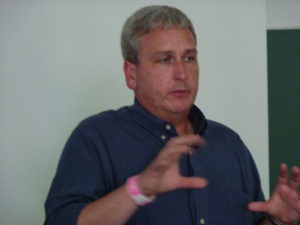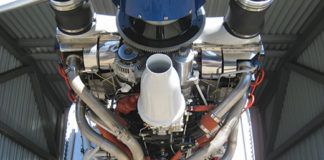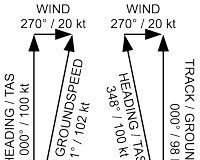The word is coming down in an advanced NPRM any day, according to Robert E. Hackman, Vice President, Regulatory Affairs for AOPA. “EPA has decreed that by 2015 we must get the lead out of avgas,” he said during a forum at the Sun ‘n Fun Fly-In.
The key point, he reiterated, is that whatever solution the aviation industry provides to replace leaded avgas, it must work in every aircraft, low- or high-performance, because there is really only room for a single fuel solution.

“Octane is not the only issue we are talking about when we are talking about looking for a lead-free alternative aircraft fuel,” said Hackman. “We have to consider its freezing point, its compatibility with existing hoses and sealants in engines and fuel systems, viscosities and flashpoints at different temperatures, and even the weight of the fuel, not to mention what kind of emissions it might spew out. The solution can’t have toxicity or greenhouse issues of its own.”
Economics is another sore point that many in the audience wanted to hash over. The questions peppering Hackman weren’t only what this new fuel will cost, but also what we will have to change in our engines to be able to use this new lead-free fuel.
Hackman was quick to admit that lead has amazing qualities that researchers have spent more than 20 years trying to emulate with less toxic substances, but without true success. That is why everyone needs to come to the table through the ASTM process, similar to the process that developed the Light Sport Aircraft program, for the problem of lead-free fuel to be solved.
“The EPA says that avgas is accountable for 45% of the lead in the air right now,” Hackman says. “The good news, though, is that EPA wants the aviation industry to come up with a solution through the ASTM process and present it with a plan of action. We can work with that.”
Stay tuned for more on the issue of dwindling avgas and the rise of possible alternatives, because you can be sure that the Experimental aircraft crowd will be on the leading edge of this next push for sustainability in general aviation.




